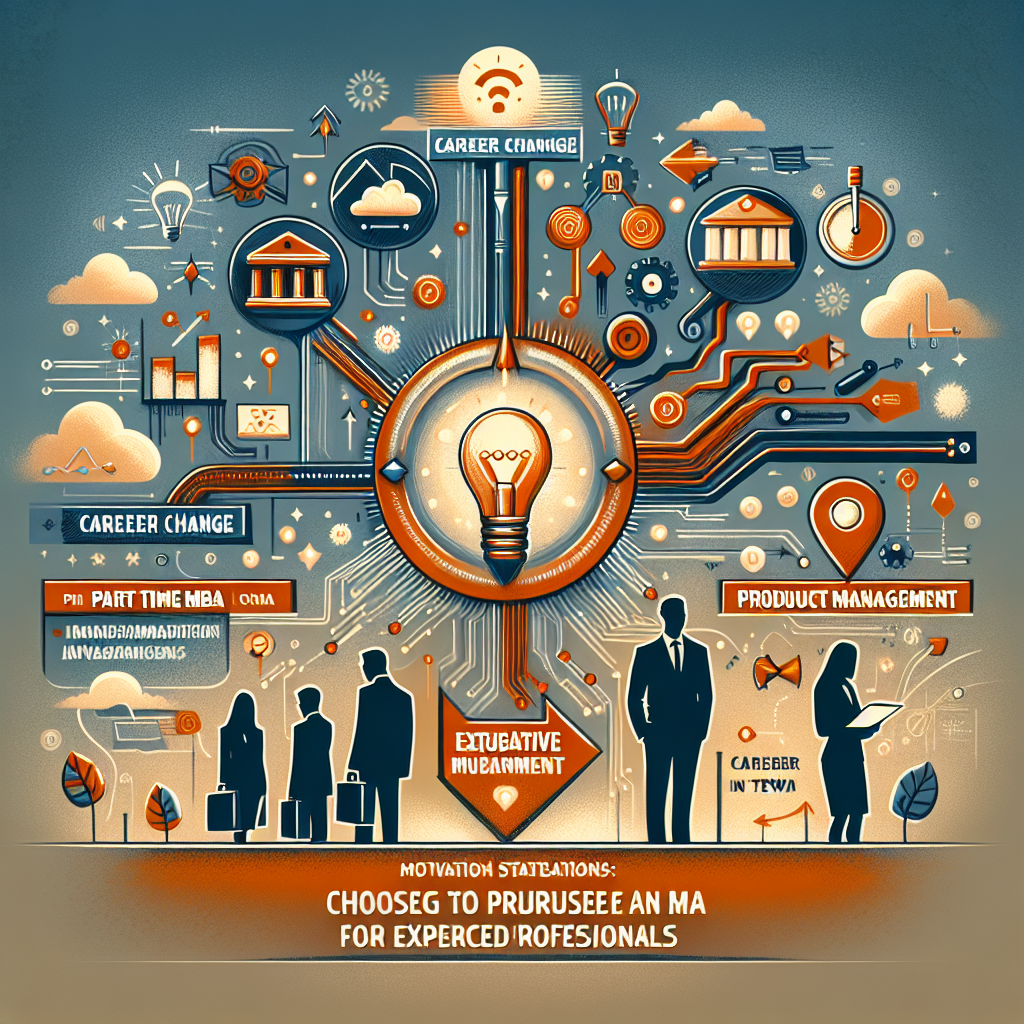In a rapidly changing world, education is the key that unlocks doors to future opportunities. But what happens when traditional education isn’t enough to prepare students for the realities of modern careers? Enter Technology and Livelihood Education (TLE), a dynamic and practical approach to learning. Designed to equip students with essential skills and knowledge, TLE is transforming how we think about education and career readiness.
Understanding Technology and Livelihood Education
Technology and Livelihood Education, often abbreviated as TLE, integrates technology-based learning with practical livelihood skills. It goes beyond textbooks, focusing on real-world applications that prepare students for various career paths. But what is bachelor of technology and livelihood education, and what does it encompass? This educational branch combines technical proficiency with hands-on training, providing a holistic approach to career development.
The Importance of TLE in Modern Education
What is technology and livelihood education all about? It’s about preparing students for life beyond the classroom. Traditional education often emphasizes theoretical knowledge. In contrast, TLE bridges the gap between theory and practice, ensuring students are well-equipped to meet the demands of the modern workforce.
Real-World Applications and Career Development
One of the main meanings of technology and livelihood education lies in its focus on real-world applications. Students learn skills that are directly applicable to various industries. From understanding basic electrical systems to mastering culinary arts, TLE covers a wide array of subjects that can lead to immediate employment or further specialization.
Enhancing Technical Proficiency
Technology education within TLE plays a crucial role in developing technical proficiency. Students are introduced to various tools and technologies, learning how to use them effectively. This not only enhances their technical skills but also builds confidence in their ability to tackle complex tasks.
Fostering Creativity and Innovation
What is your idea about technology and livelihood education? For many, it’s about fostering creativity and innovation. TLE encourages students to think outside the box, solving problems through creative solutions. This mindset is invaluable in today’s fast-paced and ever-evolving job market.
Building Entrepreneurial Skills
Livelihood skills are at the core of TLE. Students learn the basics of entrepreneurship, from starting a small business to managing finances. These skills are essential for those looking to enter the workforce or start their ventures.
The Four Areas of TLE
What are the four areas of technology and livelihood education? TLE covers a broad spectrum of subjects, typically divided into four main areas:
- Home Economics
- This area includes courses like cooking, sewing, and household management. It focuses on skills that are essential for daily living and independent living.
- Agricultural Arts
- Courses in this area teach students about farming, gardening, and livestock management. It’s particularly valuable in rural areas where agriculture plays a significant role in the local economy.
- Industrial Arts
- This area includes woodworking, metalworking, and basic engineering. Students learn how to work with various materials and tools, developing skills that are highly sought after in many industries.
- ICT (Information and Communications Technology)
- ICT is a crucial component of TLE, covering subjects like computer programming, digital literacy, and internet safety. In an increasingly digital world, these skills are indispensable.
Case Study: TLE Success Stories
Let’s explore some real-life examples of how TLE has made a difference in students’ lives. In rural communities, TLE programs have empowered students to start small businesses, improving their families’ economic stability. In urban areas, students have leveraged their ICT skills to secure high-paying jobs in the tech industry.
Integrating TLE in School Curricula
For educators, integrating TLE into the school curriculum can be a game-changer. It requires a shift from traditional teaching methods to a more hands-on, student-centered approach. Schools that have successfully implemented TLE report higher student engagement and improved academic performance.
The Role of Educators in TLE
Educators play a pivotal role in the success of TLE programs. They must be well-trained and passionate about both teaching and the subjects they cover. Continuous professional development is essential to keep up with the latest trends and technologies in TLE.
Challenges and Solutions in TLE Implementation
Implementing TLE comes with its own set of challenges. Limited resources, lack of trained educators, and resistance to change are common hurdles. However, innovative solutions, such as partnerships with local businesses and community organizations, can help overcome these obstacles.
Future Trends in Technology and Livelihood Education
The future of TLE looks promising. With advancements in technology, new subjects and methods of teaching are continually being developed. Virtual reality (VR) and augmented reality (AR) are becoming valuable tools in TLE, providing immersive learning experiences that were once unimaginable.
Conclusion
Technology and Livelihood Education is more than just a subject; it’s a pathway to future success. By equipping students with practical skills and knowledge, TLE prepares them for the challenges and opportunities of the modern world. Whether you’re a student, educator, or tech enthusiast, understanding the value of TLE can open doors to new possibilities.


